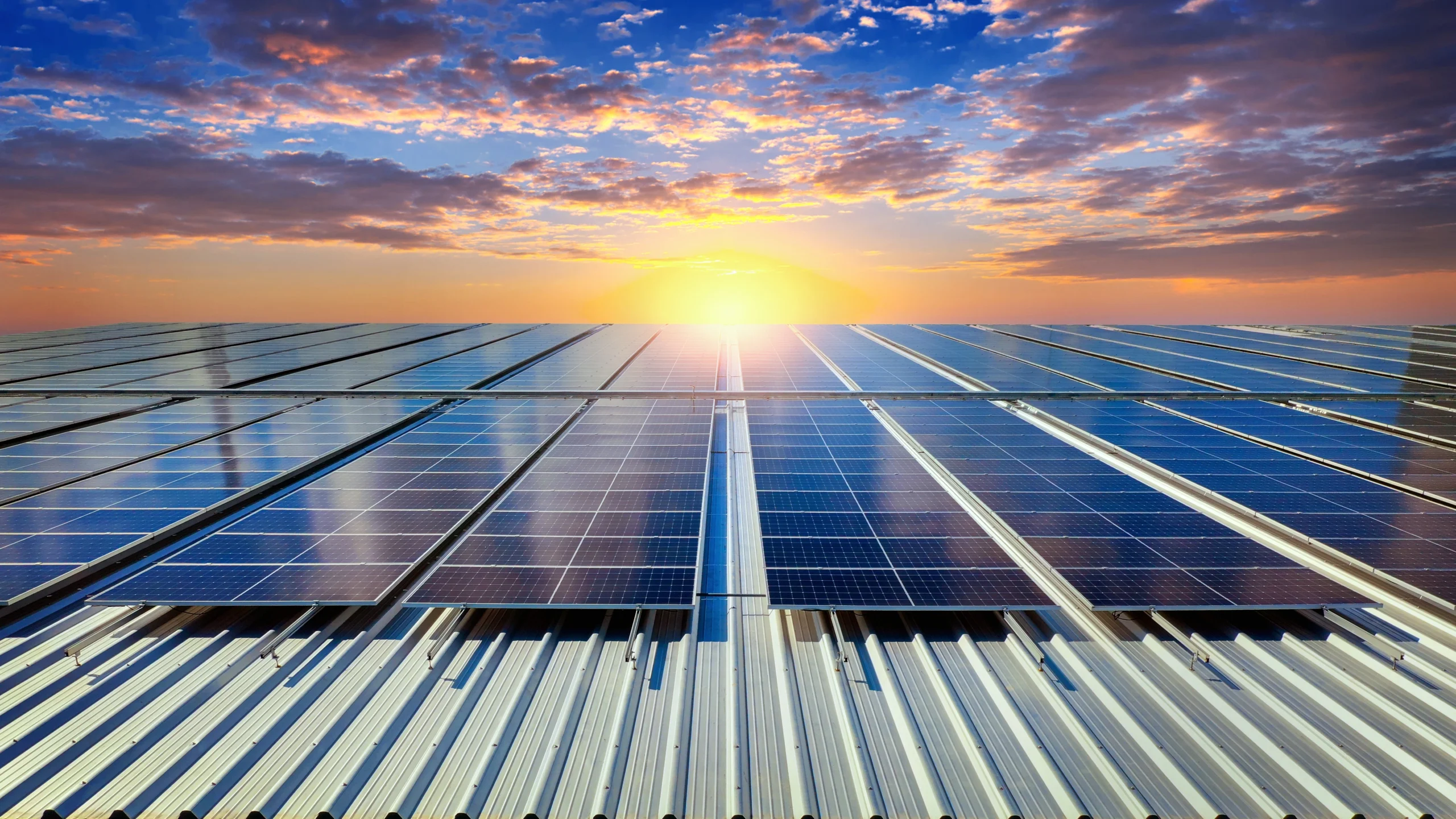Solar Energy: A Renewable Source of Energy Lighting Your Future
Introduction: A Personal Reflection on the Power of the Sun
You’ve likely felt the warmth of the sun on your skin on a cool day. It’s comforting, energizing, and undeniably powerful. What if you could harness that same energy to power your home, your devices, and your entire life? Solar energy isn’t just a trend—it’s a revolution in how you live, save money, and protect the planet.
As utility bills climb and the consequences of climate change intensify, switching to solar energy becomes less of a luxury and more of a necessity. If you’re reading this, you’re already taking the first step toward a cleaner, smarter, and more sustainable future.
Table of Contents
What Is Solar Energy? Understanding the Basics
How Solar Energy Works
Solar energy is the power derived directly from sunlight. You capture this energy using photovoltaic (PV) panels, which convert sunlight into electricity. Here’s a simplified flow:
- Sunlight hits the PV cells
- These cells generate direct current (DC) electricity
- An inverter converts DC into alternating current (AC), which powers your home
Different Types of Solar Technologies
There’s more than one way to use solar energy. Depending on your goals, you might choose:
- Photovoltaic (PV) Systems — Most common; used on rooftops and in solar farms.
- Concentrated Solar Power (CSP) — Utilizes mirrors to focus sunlight and generate heat for turbines; ideal for industrial-scale applications.
- Solar Thermal Systems — Capture heat from the sun to warm water or air for residential or commercial use.
Types of Solar Energy Technologies Table
| Technology | Use Case | Efficiency (%) | Typical Application |
|---|---|---|---|
| Photovoltaic (PV) | Electricity generation | 15–22 | Homes, offices |
| Concentrated Solar Power | Large-scale power plants | 25–35 | Utility companies |
| Solar Thermal | Water & air heating | 30–70 | Residential, industrial |
Why Solar Energy Is a Top Renewable Source
Environmental Benefits
You don’t have to look far to see the environmental damage caused by fossil fuels. Solar energy changes the game by:
- Producing zero emissions during operation
- Reducing air and water pollution
- Lowering greenhouse gas emissions
Economic Advantages
Think going solar is expensive? Think again. With costs dropping each year and a variety of government incentives available, you’ll enjoy:
- Significant savings on your monthly utility bills
- Return on investment within 5–7 years
- Increased home value
Energy Independence
Imagine not relying on energy companies or foreign oil. Solar panels let you:
- Generate your own electricity
- Avoid price fluctuations in the energy market
- Gain long-term energy security
Advantages and Disadvantages of Solar Energy
Pros of Solar Energy
Here’s what you gain when you switch to solar:
- 100% renewable — You’ll never run out of sunlight
- Lower energy bills — Save thousands over time
- Low maintenance — Minimal cleaning and no moving parts
- Modular systems — Start small and expand as needed
Cons of Solar Energy
No solution is perfect, and solar does have limitations:
- High upfront cost — Though decreasing, initial investment can be significant
- Weather dependence — Performance varies with sun exposure
- Storage issues — Batteries are expensive and not always efficient
- Space requirement — Panels need ample roof or land area
Real-World Applications of Solar Energy
Residential Solar Panels
Your rooftop is more than just shelter. It’s a potential power plant. With modern systems, you can:
- Power your home completely or partially
- Feed excess energy back into the grid (net metering)
- Monitor system performance via smartphone apps
Commercial and Industrial Use
Businesses are reaping the rewards too. By going solar, companies:
- Cut operational costs
- Reduce carbon footprint
- Boost their green brand image
Off-Grid and Rural Electrification
Solar isn’t just for cities. It brings power to remote areas where grid access is limited or nonexistent. It enables:
- Electrification of rural communities
- Improved education and healthcare access
- Clean water supply via solar-powered pumps

Future of Solar Energy: Innovations and Trends
Technological Advancements
Innovation in the solar sector is accelerating. Here are the latest trends:
- Perovskite solar cells — Higher efficiency at lower cost
- BIPV (Building Integrated Photovoltaics) — Panels built into walls, windows, and roofs
- Transparent solar panels — Generate energy without altering aesthetics
Market Trends
The global momentum is clear. You’ll see:
- Rapid drop in cost-per-watt
- Increased government and private investment
- Job growth in solar manufacturing and installation
How to Get Started With Solar Energy at Home
Step-by-Step Guide
- Evaluate your energy usage — Check past utility bills
- Inspect your roof — Assess orientation and shading
- Get multiple quotes — Compare certified installers
- Apply for incentives — Look for tax credits, grants, or rebates
- Install and monitor — Schedule maintenance every few years
Government Incentives
Depending on your location, you might qualify for:
- Federal tax credits (e.g., Investment Tax Credit in the US)
- State or local rebates
- Net metering programs
Conclusion: Why Solar Energy Is the Light Ahead
Choosing solar energy is more than an economic decision—it’s an ethical one. You’re not just saving money; you’re helping secure a healthier planet. With technologies improving and costs falling, there’s never been a better time to make the switch.
You have the power to change the world—one rooftop at a time.
Frequently Asked Questions (FAQ) About Solar Energy
Is solar energy really effective in cloudy regions?
Yes. Solar panels still generate power from diffused sunlight. Countries like Germany have thriving solar markets despite frequent overcast weather.
How much does a solar panel system cost?
On average, you might pay between $10,000 and $25,000 depending on the system size, before incentives. Federal and state rebates can cut that down significantly.
What are the maintenance requirements for solar panels?
Solar panels require minimal upkeep. Occasional cleaning and a routine inspection every 2–3 years will ensure peak performance.
Can solar energy power an entire home?
Absolutely. With the right system size and battery storage, your home can be fully solar-powered.
Is solar energy truly a renewable source of energy?
Yes. Solar energy comes from the sun, which produces more power in one hour than the entire world consumes in a year. It’s unlimited and clean.


